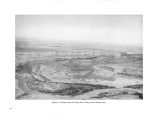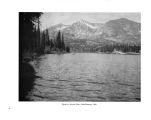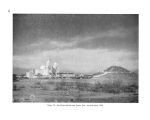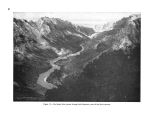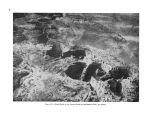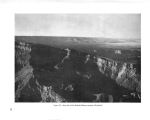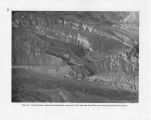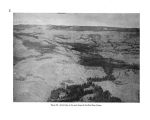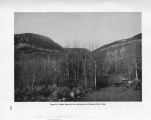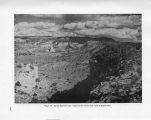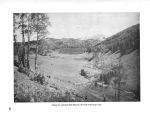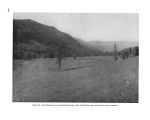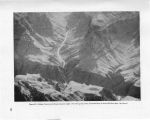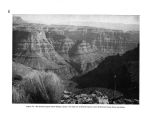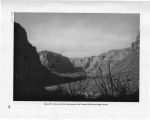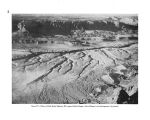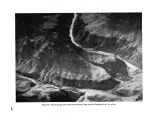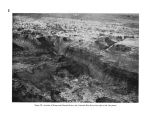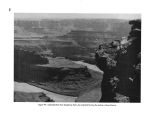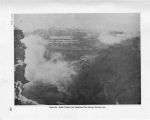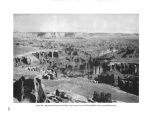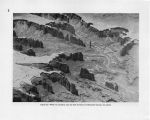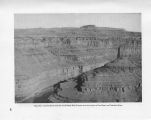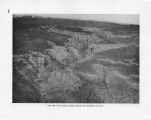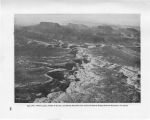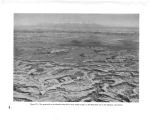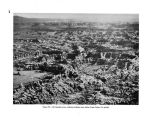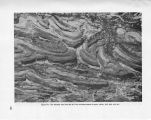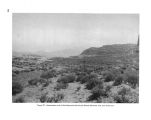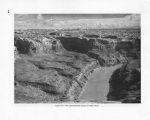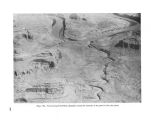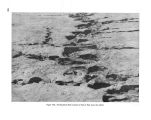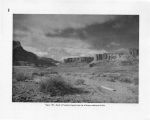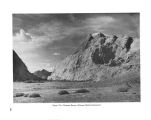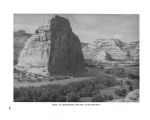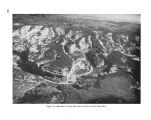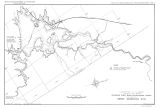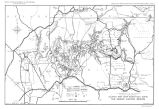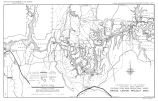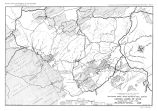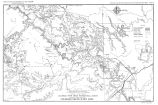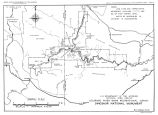| OCR Text |
Show the river; then the logical procedure would be Congressional action making a marginal modification of the present boundary of the park west of the Tapeats Creek watershed, shifting it from the north bank of the river to a contour on the south bank that would keep it clear of the prospective reservoir. Choice between those alternative policies depends not primarily upon technical details such as have been discussed in this report, but upon broad considerations of public purpose; in the last analysis upon how much the people ... of the United States care about preserving the natural conditions and scenery in the portion of the Grand Canyon selected for such preservation in 1908, and whether they are able and willing to pay the economic price of such preservation. Marble Gorge Dam.- The Marble Gorge Dam site is 15 miles upstream from Nankoweap Canyon, the northeast corner of Grand Canyon National Park. Neither a low dam, as contemplated under the Bridge Canyon Route for diversion of water to central Arizona, nor a high dam, such as the one proposed under the Marble Gorge diversion route, would be particularly objectionable from the scenic and recreational viewpoint. In either case the part of the reservoir below Navajo Bridge would be confined in the deep narrow Marble Gorge. From Navajo Bridge to Lees Ferry the lake formed by the higher dam would cover the bottom lands between the Echo Cliffs on the east and the high, vermilion cliffs of the Paria Plateau on the west. This more open body of water would be very scenic and easily accessible from United States Highway 89 which crosses the Colorado River on Navajo Bridge. Considering only the recreational use of the proposed Marble Gorge Reservoir and the Glen Canyon Reservoir, a high dam at the Marble Gorge site, which would eliminate a dam at the Glen Canyon site, might be more suitable for recreational development and use than a low dam at that site and a high dam at the Glen Canyon site. The Glen Canyon site is in a deep, sheer- walled canyon which extends upstream for a number of miles. Access to the reservoir from United States Highway 89 would be difficult, and there is little or no land suitable for development of recreational facilities adjacent to the water. Kanab Tunnel and Power Plant.- The proposal to divert the main flow of the Colorado River from just above the Marble Gorge Dam to a power plant on the Colorado River near the mouth of Kanab Creek by means of a 44.8- mile tunnel under the Kaibab Plateau would be infinitely more serious in its effect upon Grand Canyon National Park than that resulting from the construction of Bridge Canyon Dam. According to the preliminary plans of the Bureau of Reclamation, the Kanab Power Plant would utilize for power generation most of the water available from the Colorado River in excess of the 1,000 second feet released through the Grand Canyon National Park, which is entirely inadequate for scenic purposes. The tunnel and power plant would be designed for a maximum discharge of 13,000 second feet. The average discharge of the Colorado River at Bright Angel Creek was 17,720 second feet for a period of 19 years- 1922- 41. The maximum discharge during that period was 127,000 second feet and the minimum 700 second feet. The gage height at the maximum was 29.25 feet and at the minimum - 0.70 feet. ( Reference Geological Survey Water- Supply Paper 929.) The 1,000 second feet which would be permitted to flow through the national park section of the Grand Canyon under the plan proposed would be only slightly more than the minimum flow of the past 23 years, and less than one- seventeenth of the average flow. The minimum flow in 1941 was 4,300 second feet ( gage height 2.61 feet), more than four times the amount proposed. This stringent limitation on the volume of water permitted to flow through Grand Canyon between Marble Gorge Dam and Kanab Creek would greatly alter the character of the river and natural conditions in the bottom of the canyon through Grand Canyon National Park, that portion of the Grand Canyon which has been set apart since 1908 for preservation of the noneconomic values of its unique and inspiring scenery. With the construction and operation of the Kanab Tunnel and Power Plant, the Colorado no longer would be a great river grinding the Grand Canyon ever deeper, but a man- controlled stream 138 |




























